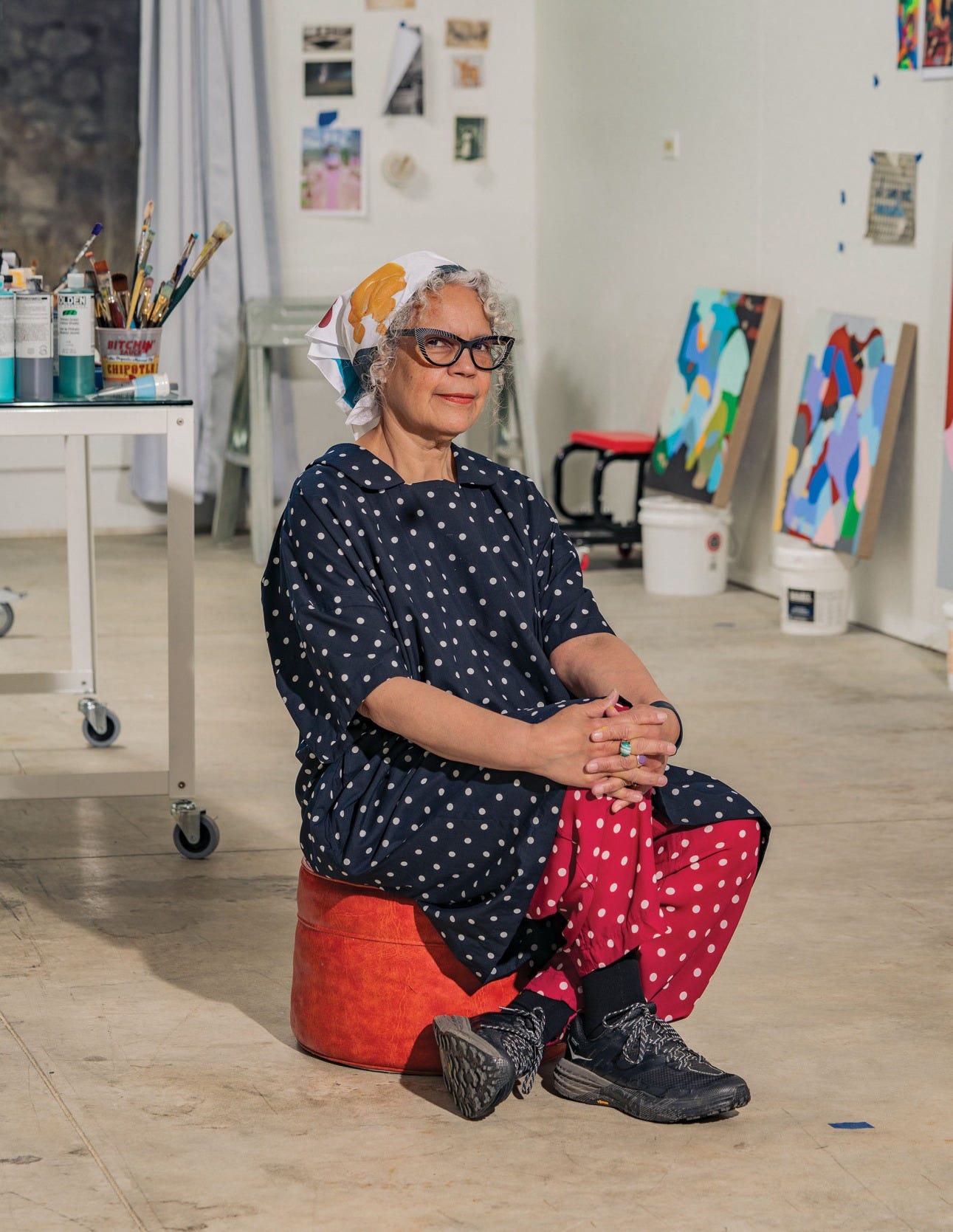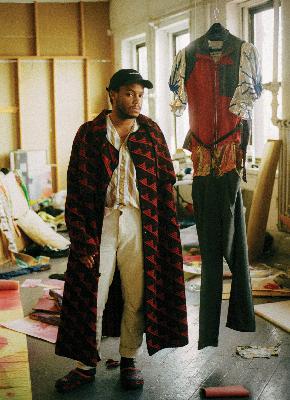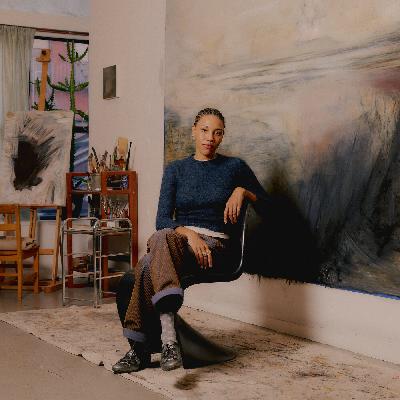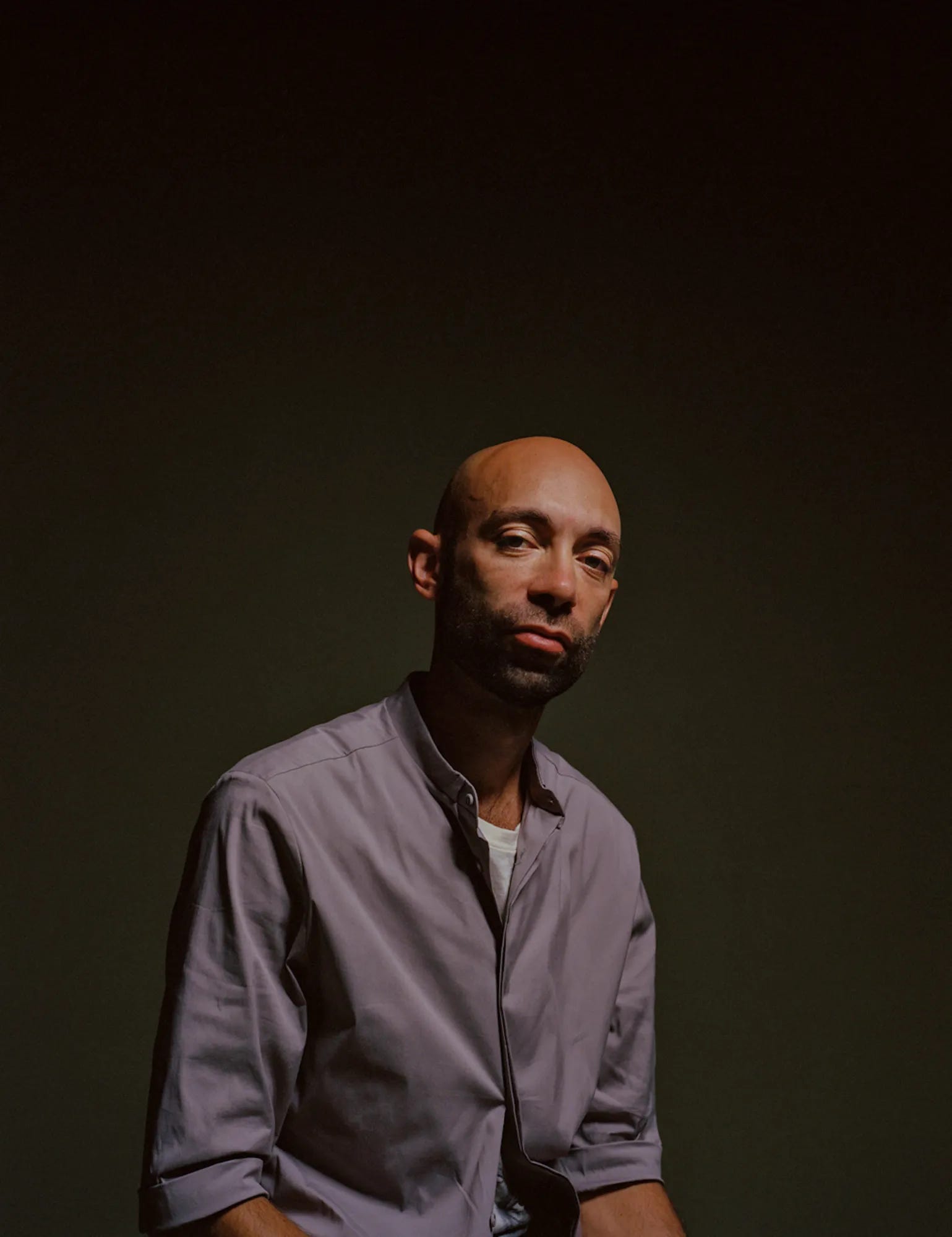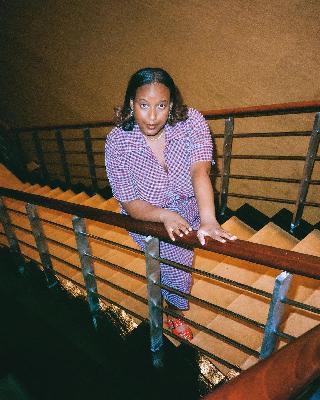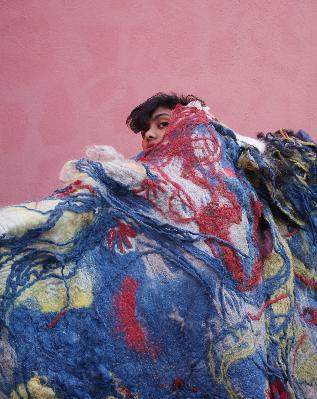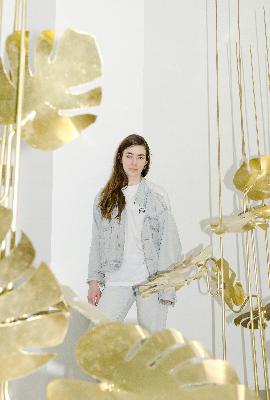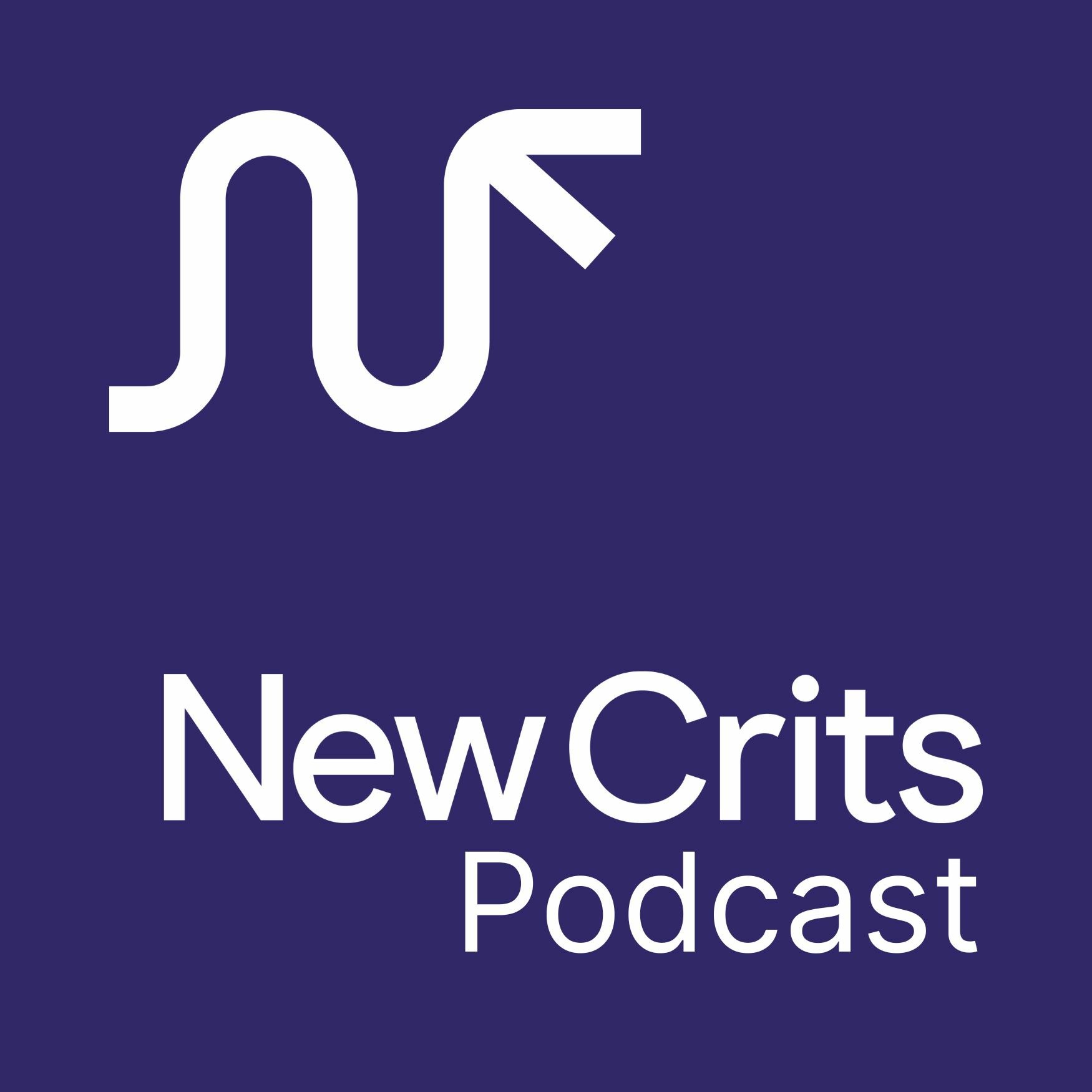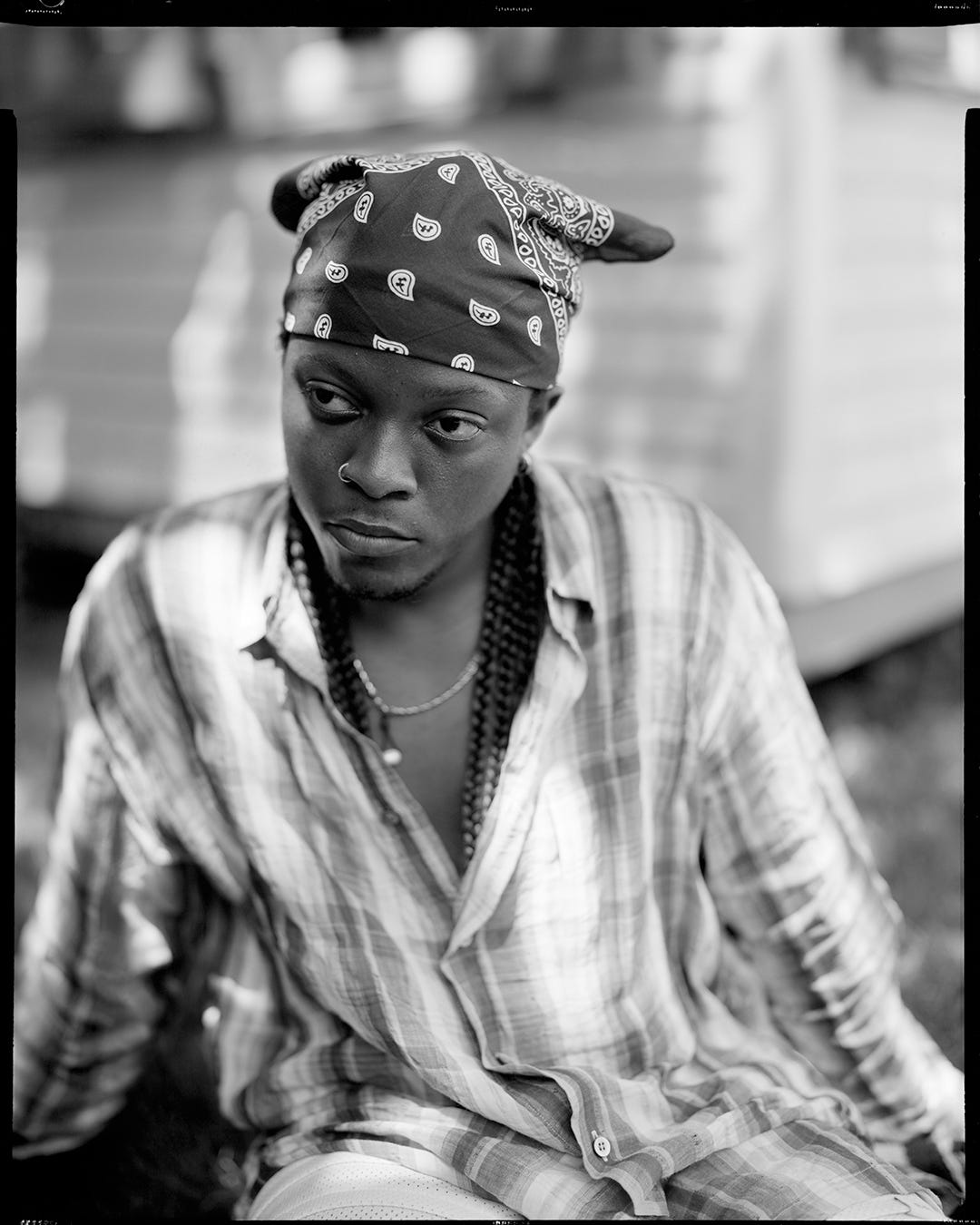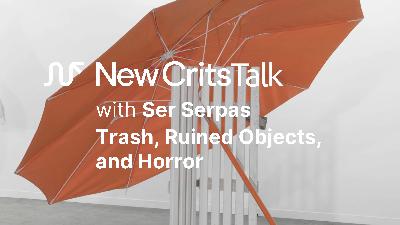Codes, Color, and Mapping the Invisible: NewCrits Talk with Candida Alvarez
Description
She paints memory, sensation, and the space between languages. Candida Alvarez on intuition, inheritance, and color as a vessel for care.
Candida Alvarez is a painter whose work explores personal and cultural memory through abstraction, vivid color, and layered visual language. She draws from Caribbean diasporic experience, family history, and city life to build complex surfaces that hold both clarity and mystery. Her work has been shown at the Whitney Museum, MoMA PS1, and the Chicago Cultural Center, with recent major exhibitions at GRAY Gallery, Real Monsters in Bold Colors: Bob Thompson and Candida Alvarez, and her first large-scale museum survey, Candida Alvarez: Circle, Point, Hoop, at El Museo del Barrio.
She explains:
* Growing up bilingual and between cultures, and how that shaped her approach to painting and storytelling
* Why color, surface, and rhythm carry emotion, memory, and political charge
* Painting for resonance instead of clarity, and letting intuition lead the process
* Using abstraction to hold grief, joy, labor, and inheritance in the same frame
* Returning to domestic and familial spaces as a way to build intimate visual worlds
* How risk, repetition, and instinct guide her through not knowing what the painting wants
* The connection between care, culture, and making art that listens as much as it speaks
(00:00 ) Learning to See as a Bilingual Kid(10:18 ) Color as Voice and Resistance(20:47 ) Working Through Grief and Reverence(31:02 ) Abstraction as Intimacy(42:11 ) Teaching, Listening, and Long-Term Practice(52:36 ) Making Shows that Listen Back(01:04:10 ) Holding Presence in a Fast World(01:14:32 ) Refusing to Be Defined by Trends(01:24:45 ) Language, Memory, and the Visual Archive(01:34:56 ) Painting as a Form of Freedom
Follow Candida:Web: https://www.candidaalvarez.com/Instagram: @candida_alvarez_studio
Follow GRAY Gallery:Learn more about Candida Alvarez’s exhibition, Real Monsters in Bold Colors: Bob Thompson and Candida Alvarez, at GRAY Gallery NY here.Web: https://www.richardgraygallery.com/Instagram: @richardgraygallery
Follow El Museo del Barrio: Learn more about Candida Alvarez’s first large-scale museum survey, Candida Alvarez: Circle, Point, Hoop, at El Museo del Barrio. here.Web: https://www.elmuseo.org/exhibition/candida-alvarez-circle-point-hoop/Instagram: @elmuseo
Full Transcript
Ajay Kurian: “Dame un numero” which means “give me a number”, Candida’s mother would tell her. She intuitively knew that her mother meant a number from one to 26 in accordance with the alphabet. Selecting a number meant selecting a letter, and the letter would be her mother's compass to find out who is trying to contact her from beyond this realm.
I love this story. It so quickly highlights how Candida is in this world and others, and the plays she sees in living. I met Candida Alvarez in 2023 at Skowhegan School of Painting and Sculpture, a residency program in Maine where we both were faculty that year. I got to see her process as an educator and an artist, and at the root of both is a profound level of observation and responsiveness.
It's always fun to talk to Candida. But when you ask her questions about painting and her practice, there's a different level of focus than that emerges. One where I notice myself hanging onto her every word. There were many times when it felt like she was tapped into something past this world, and her words were like a tunnel to that elsewhere.
In those moments, it's best to shut up and listen. So I went back and listened to the talk that she gave at Skowhegan. When she finished, she was going like a mile a minute, and then she finally finishes and she quietly stops and says, thank you. And in what became typical fashion of the end of a Skowhegan talk, the room erupted with both applause and foot stomps more like a stadium than an art talk.
But then a hush came over the room as she opened it up to questions. You could even hear it in the recording, and it’s something that I can't really explain. You could hear the spotlight on her, the concentration on what she was about to say. What I wanna say is that Candida has a bit of magic about her, and after a long time, New York gets to feel it.
So with that, I'm just gonna list off some accolades of yours. Alvarez has participated in residencies at the Skowhegan School of Painting, Studio Museum in Harlem, the Luma Foundation, among others. Recent awards include the Trellis Art Fund Award, the Latinx Artist Fellowship Award, and the American Academy of Arts and Letters Award.
Her work is included in the collections of the Art Institute of Chicago, the Museum of Contemporary Art in Chicago, the Whitney Museum of American Art, the Denver Art Museum, the Studio Museum of Harlem, and the Perez Art Museum in Miami, among many others. Everybody give it up for Candida Alvarez!
Candida Alvarez: Thank you. That was so beautiful.
Ajay Kurian: How are you?
Candida Alvarez: I'm not sure.
Ajay Kurian: Let's start with a number. I feel like the number 2 is the one that always comes up for you.
Candida Alvarez: Well, I was born the second day of the second month and I'm the second child. So I guess you could say 2 does circle around me. But if I asked you, what would you say?
Ajay Kurian: I would say 23.
Candida Alvarez: 23.
Candida Alvarez: T? No, UVWX.
Ajay Kurian: Anybody?
Candida Alvarez: X?
Ajay Kurian: X?
Candida Alvarez: No, no. There's 20. It's Z. That's a big one.
Ajay Kurian: Z, Y,, T, V, W, X, Y, Z. So Z, Y, X. Yeah. It's 20. It's X.
Candida Alvarez: Yeah. Okay. X.
Ajay Kurian: What do we do with X?
Candida Alvarez: Malcolm X, Latin X.
Ajay Kurian: Oh shit.
Candida Alvarez: X-ray, Extra, Xavier — X is a hard one, but not really. X is like multiplication, right? X is the thing you don't wanna get when you go up to show your math teacher the answer to the problem and she goes, X it means wrong.
Ajay Kurian: I feel like I guessed wrong.
Candida Alvarez: No, you did what you had to do. You gave me a challenge because that's a long way down the list. If my mother asked me, I would say four. I never played that all the way at the end.
Ajay Kurian: But you played that game enough that you knew like, don't do twenties. That's X. I'm new to this game.
Candida Alvarez: It's all right. Ask me another question.
Ajay Kurian: We're looking at your retrospective here at El Museo del Barrio and it's called ‘Circle, Point, Loop’. Here are some install shots of works that are called View from John Street.
Candida Alvarez: Yeah, those charcoal drawings were from John Street, Brooklyn where I had a studio and that building's still there and there are still artist studios there. I was up on the second floor and it was a great space. It was one of my first spaces in New York. It was very dangerous. I remember one of my father's friends gave me a really old car to drive. I could see the plant and I could see the water beyond. I had a residency in Germany that was through a program in Philadelphia — creative artist network, I believe. And I learned about it through a fellow artist in residence, Charles Burwell, who was from Philadelphia. It was an opportunity for an artist to go away for a month and they chose the city. So I went to Cologne.
Ajay Kurian: Wow.
Candida Alvarez: Right. That's what I said. And I spent a lot of time at the Dome Cathedral. I was fascinated by it structurally and what it meant for the city.
But also there was this above and below. So, below was the crypt of the church and it was beautiful. It was a beautiful space with little light bulbs and just sort of a very special place to chill out in after a big day of traveling around. The church was filled with a lot of art and stained glass. I met so many wonderful artists there. And they actually put together a catalog for me and they curated a show, and those drawings were a part of it that I actually did in John Street. So I came back with a lot of beer coasters — the circular forms, which I was fascinated by. And I just wanted to do charcoal drawings, which I had never really done, but I think it was the dust, and the dusty feeling.
I just used charcoal and got to work. You can see the circular pattern came from one of those beer coasters, and tape was used to get some of those rectangular shapes. I used a razor blade to get these kind of whitish, almost dashed lines through the paper. I got totally engaged with them and after I did them, I didn't do any more.
Ajay Kurian: Yeah, I mean I've never seen a charcoal drawing from you since. It was really part of going to that show and like walking through the museum.
I've known you for a couple years n

